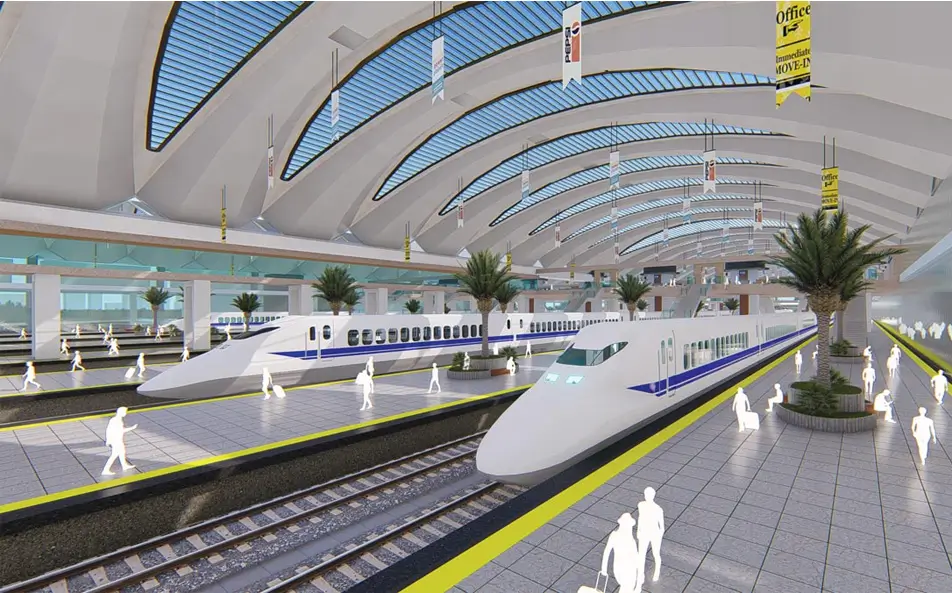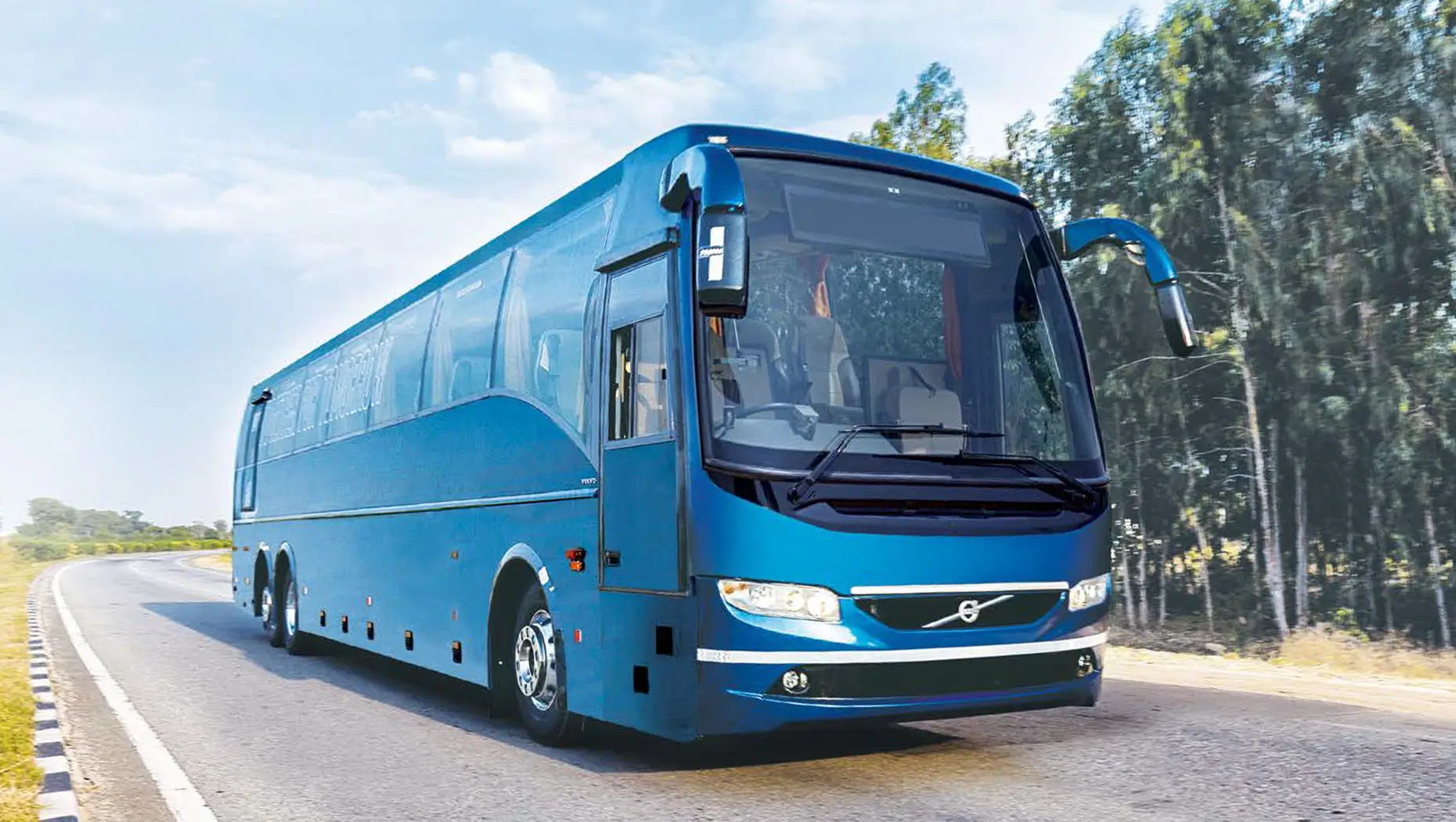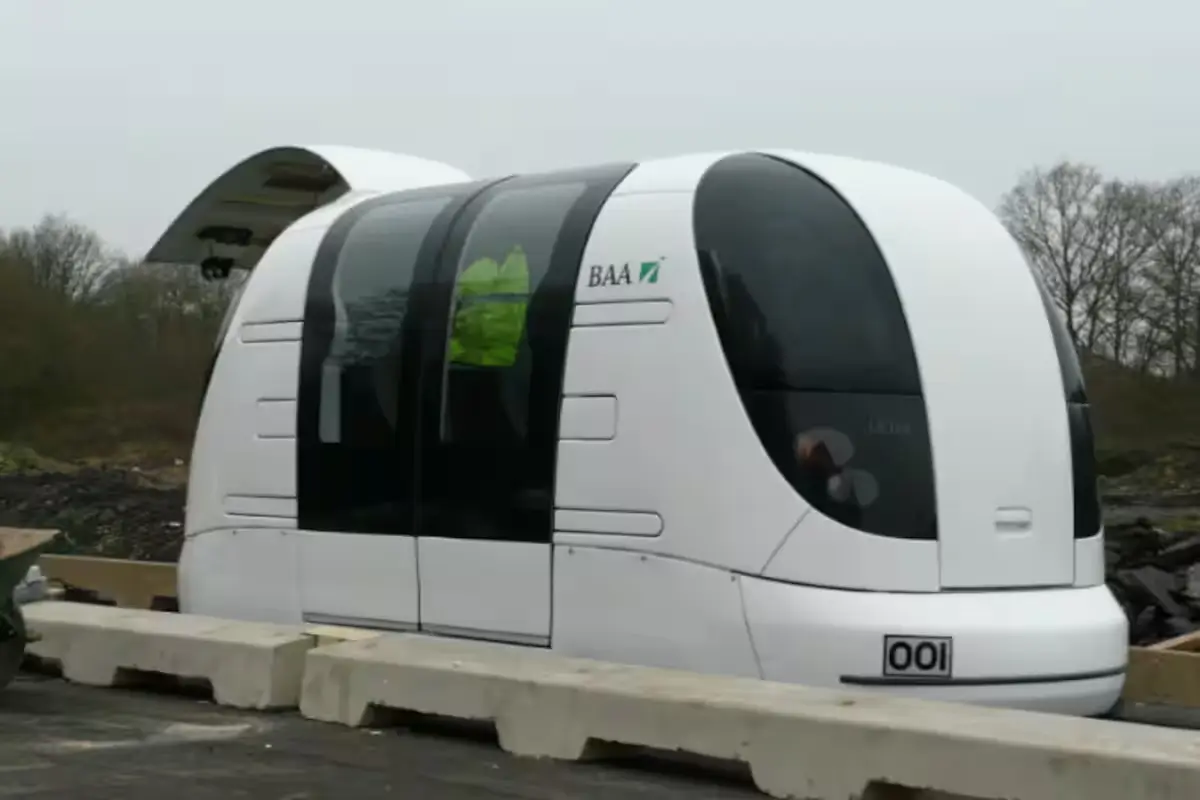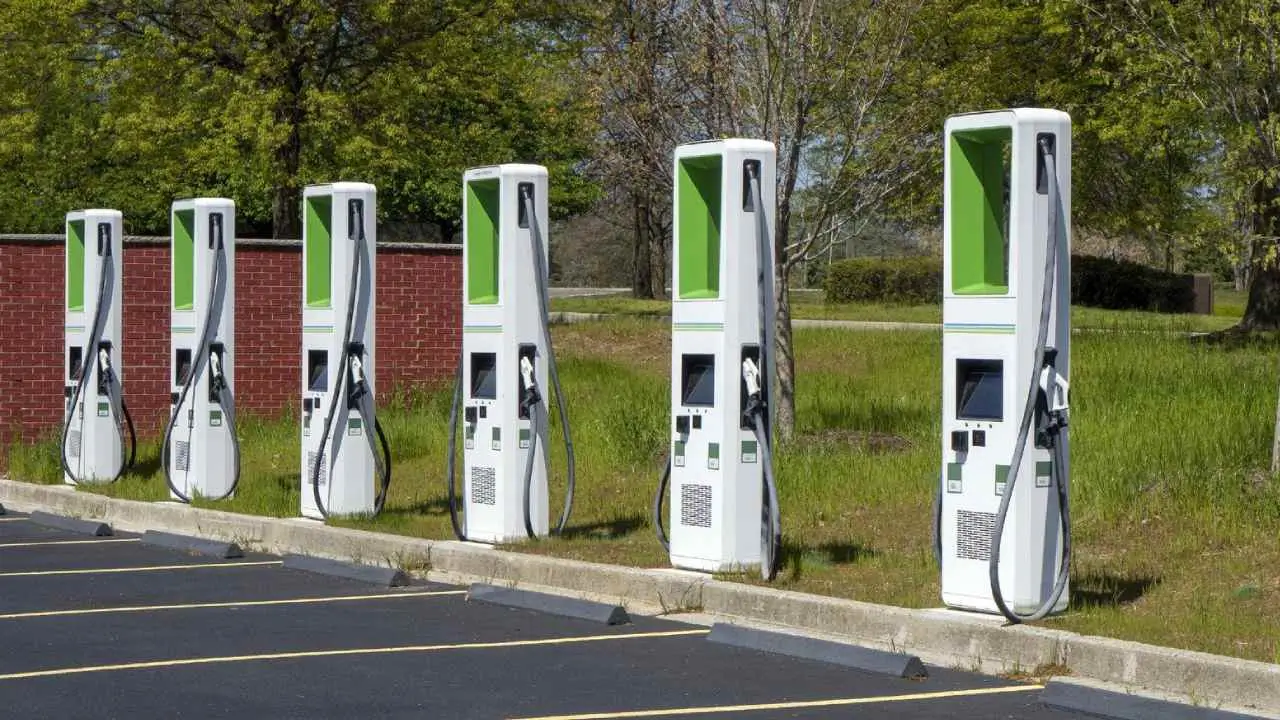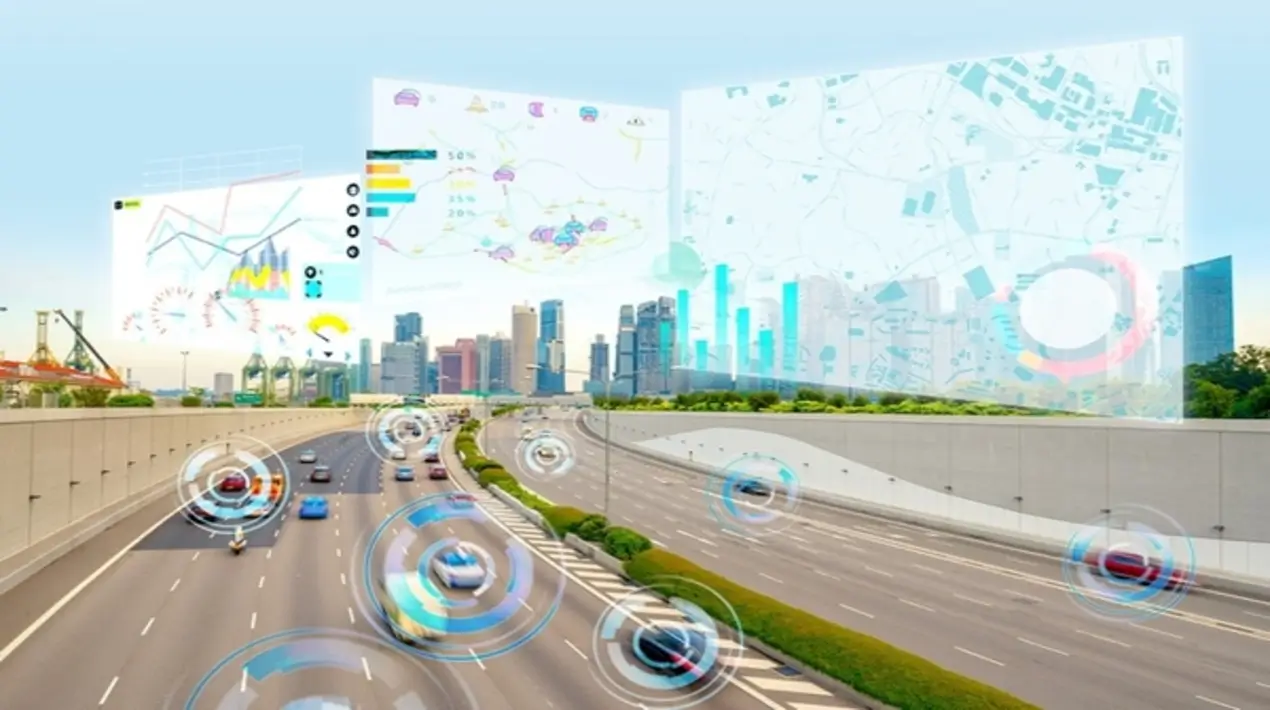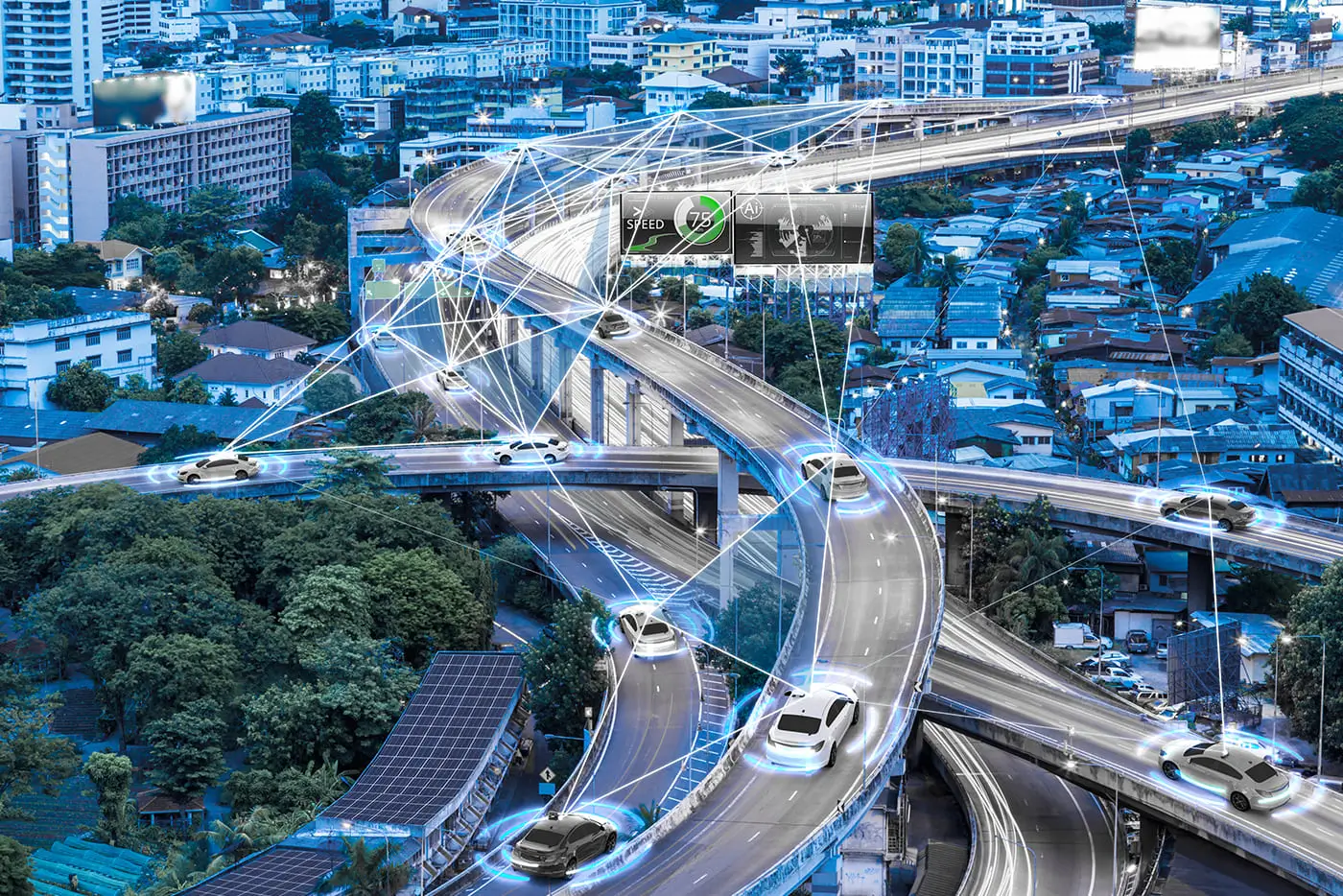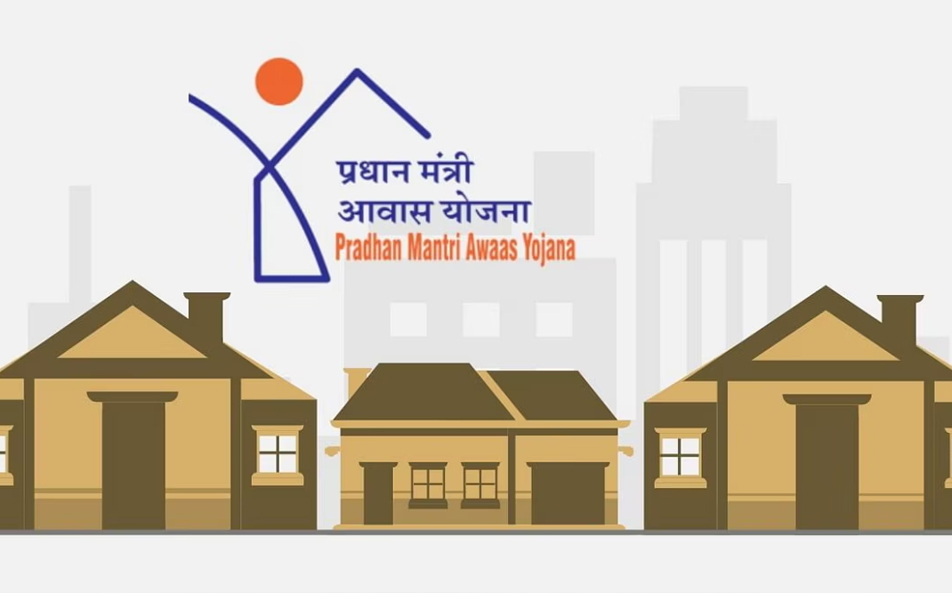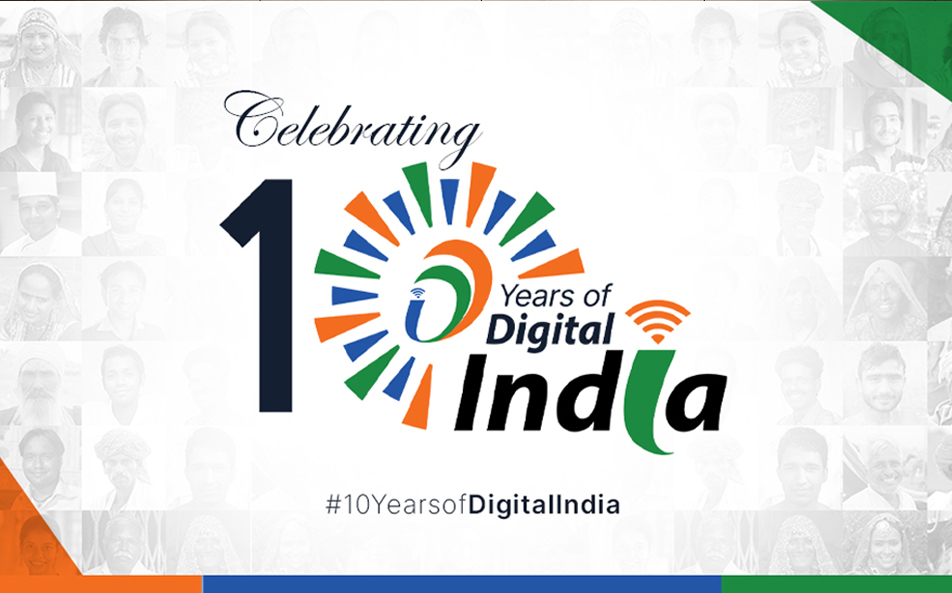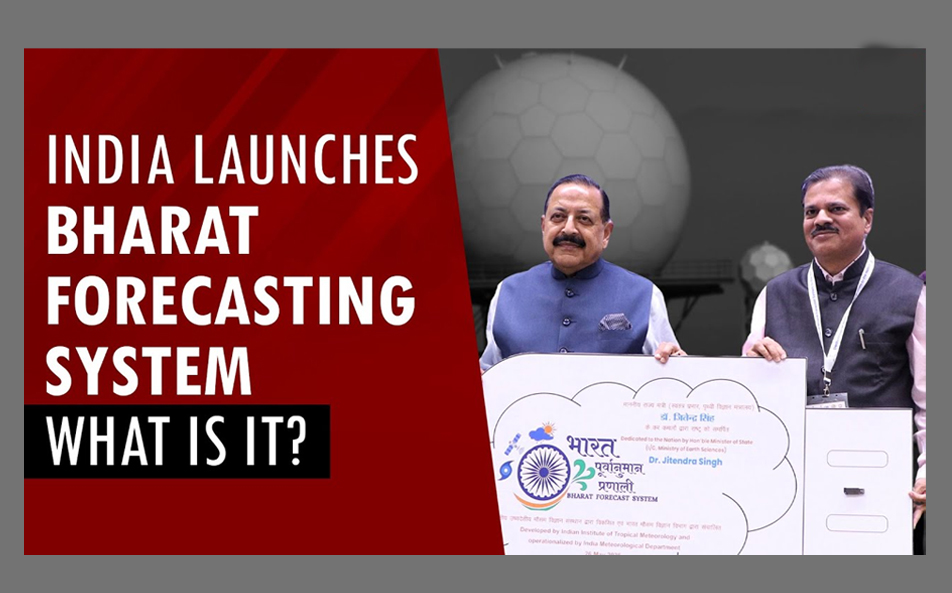
The United Indian

India's bustling cities and ever-growing population constantly push the boundaries of its public transport infrastructure. With rapid urbanization and burgeoning populations, the need for efficient, sustainable, and comfortable transportation systems has never been more pressing. Though the current system serves millions, challenges like congestion, pollution, and inadequate connectivity persist. However, the future of public transport in India is brimming with promise, fuelled by technological advancements, sustainable solutions, and a focus on passenger comfort.
Electric Avenues: A Greener Ride
One of the most significant transformations will be the electrification of public transport. Diesel buses, a major source of air pollution, are making way for electric buses. The government's National Electric Bus Program (NEBP) aims to deploy 50,000 electric buses by 2030, significantly reducing emissions and noise pollution. These silent giants will not only create a cleaner environment but also offer a quieter and more pleasant commute for passengers.
Bullet Trains: Shrinking Distances, Expanding Horizons
India's ambitious bullet train projects promise a revolution in intercity travel. Imagine zipping between Delhi and Mumbai in just a few hours! These high-speed trains will drastically reduce travel times, fostering closer economic and social ties between cities. The increased connectivity will open up new business opportunities, facilitate tourism, and allow families to bridge geographical distances with ease. Here’s what we must consider while talking about bullet trains as future of public transport in India
- Upcoming launch: India's first bullet train service is expected to be operational by 2026, initially connecting Surat and Bilimora, with the full Mumbai-Ahmedabad route completed by 2028.
- Government support: The National Rail Plan 2030 prioritizes high-speed rail corridors and has allocated significant funding for the bullet train project.
- Focus on domestic technology: There's a push for "Atmanirbhar" (self-reliant) bullet trains, with designs being developed in India for future corridors.
Beyond Electric Buses: A Multimodal Mix
While electric buses will be a game-changer, the future of public transport in India will be a vibrant tapestry woven from a diverse mix of modes, each catering to different needs and distances:
- Metro Rail Expansion: High-capacity metro rail systems will continue to expand like a city's circulatory system, offering rapid connections across major corridors. Look for advancements such as driverless trains for increased efficiency and improved station infrastructure with better accessibility features and retail spaces for a more comfortable and engaging experience.
- Waterways: The vast network of rivers and canals, once bustling with waterborne commerce, presents a golden opportunity for the revival of eco-friendly public transport in India. Imagine modern electric ferries gliding silently across the water, offering scenic commutes in cities like Kolkata, Delhi, and Guwahati. Modernized docks with integrated waiting areas, retail outlets, and seamless connections to other modes of transport can transform these waterways into vital public transport arteries.
- Pod Taxis: Personal rapid transit (PRT) systems, like the futuristic concept of pod taxis, are a mode of transport still under development. However, they hold immense promise for addressing last-mile connectivity challenges. These systems consist of small, automated pods that glide on elevated tracks, offering an on-demand, point-to-point transportation solution within urban areas. Imagine a network of these sleek pods whisking you to your destination quickly and efficiently, eliminating the need to wait for a bus or navigate congested roads.
- Cable Cars: In India's diverse terrain, cable cars can be a game-changer for future of transport in India in hilly regions. These gondola-like systems can provide not only scenic and efficient public transport options but also become a tourist attraction. Imagine soaring above picturesque valleys and snow-capped mountains, connecting remote areas with bustling towns and tourist destinations in a sustainable and visually stunning way.
- Non-Motorized Transport (NMT): This often-overlooked mode deserves a prominent place in the future of public transport. Encouraging cycling and walking through dedicated lanes, safe infrastructure, and bicycle-sharing programs can significantly reduce dependence on motorized vehicles, promoting a healthier and more sustainable transportation ecosystem.
Government Plans to Introduce Public Transport in Indian Cities
A recent analysis conducted by the government has uncovered a glaring absence of public transport in many Indian cities. In response to this pressing issue, Prime Minister’s advisor Tarun Kapoor has disclosed plans for the implementation of fresh policies aimed at introducing public transport networks in these urban areas.
Emphasizing a shift towards sustainability, Kapoor has revealed that the government is committed to ensuring that the new public transport systems operate on electricity rather than diesel. He asserts that this initiative will not only increase the availability of public transport in India, but also facilitate a transition away from diesel-powered vehicles. Given the alarming levels of pollution in most Indian cities, Kapoor highlights the urgent need for the adoption of electric vehicles.
Taking about the future of transport in India, central government has been placing significant emphasis on enhancing roadway infrastructure to enhance connectivity and streamline travel for commuters. Kapoor emphasizes the government's strong intention to prioritize this sector, with the aim of not only expanding the presence of electric buses, cars, and two-wheelers but also positioning India as a global manufacturing hub in the automotive industry.
Smart Mobility: A Networked Journey
Technology will play a pivotal role in shaping the future of public transport. Smart mobility solutions like real-time information displays, mobile ticketing apps, and integrated payment systems will enhance passenger experience. Imagine receiving real-time updates on bus arrival times or seamlessly paying for your journey through your phone. This seamless integration will make public transport in India more efficient, reducing waiting times and frustrations.
First Mile, Last Mile: Bridging the Gap
A robust public transport system needs to address the "first-mile, last-mile" connectivity challenge. This refers to the distance between a passenger's origin/destination and the nearest public transport stop. Solutions like feeder buses, electric rickshaws, and well-designed cycling infrastructure will bridge this gap, encouraging people to opt for public transport for shorter commutes as well.
Comfort at the Core: A Focus on Passenger Experience
The future of public transport in India prioritizes passenger comfort. Modern buses with air conditioning, proper ventilation, and comfortable seating will become the norm. Additionally, improved accessibility features like ramps and designated seating for the elderly and differently-abled will ensure inclusivity. These improvements will not only make commutes more pleasant but also encourage a wider range of people to utilize public transport in India.
Challenges and the Road Ahead
While the future looks bright, there are challenges to overcome. Upgrading infrastructure, integrating different modes of transport seamlessly, and ensuring affordability for all are crucial aspects. Public-private partnerships and innovative financing models will be essential to bridge the funding gap. Additionally, fostering a culture of public transport usage through awareness campaigns and incentives will be key to its success.
The Ripple Effect: A Connected and Sustainable Future
A robust public transport system in India has far-reaching benefits. It reduces traffic congestion, improves air quality, and fosters a more sustainable future. Increased connectivity will lead to economic growth, improved access to education and healthcare, and a more vibrant social fabric. Public transport, when done right, becomes the lifeblood of a city, connecting people and places in a sustainable and efficient manner.
Conclusion
The future of public transport in India is on the cusp of an exciting transformation. With a focus on electrification, smart technology, and passenger comfort, public transport is poised to become a more attractive and viable option for millions of Indians. This shift towards a greener, more connected future will not only benefit citizens but also pave the way for a more sustainable and prosperous India.
Read more in Government Sector
Jul 11, 2025
TUI Staff
Jul 09, 2025
TUI Staff
May 28, 2025
TUI Staff

Stay Tuned with The United Indian!
Our news blog is dedicated to sharing valuable and pertinent content for Indian citizens. Our blog news covering a wide range of categories including technology, environment, government & economy ensures that you stay informed about the topics that matter most. Follow The United Indian to never miss out on the latest trending news in India.
©The United Indian 2024

